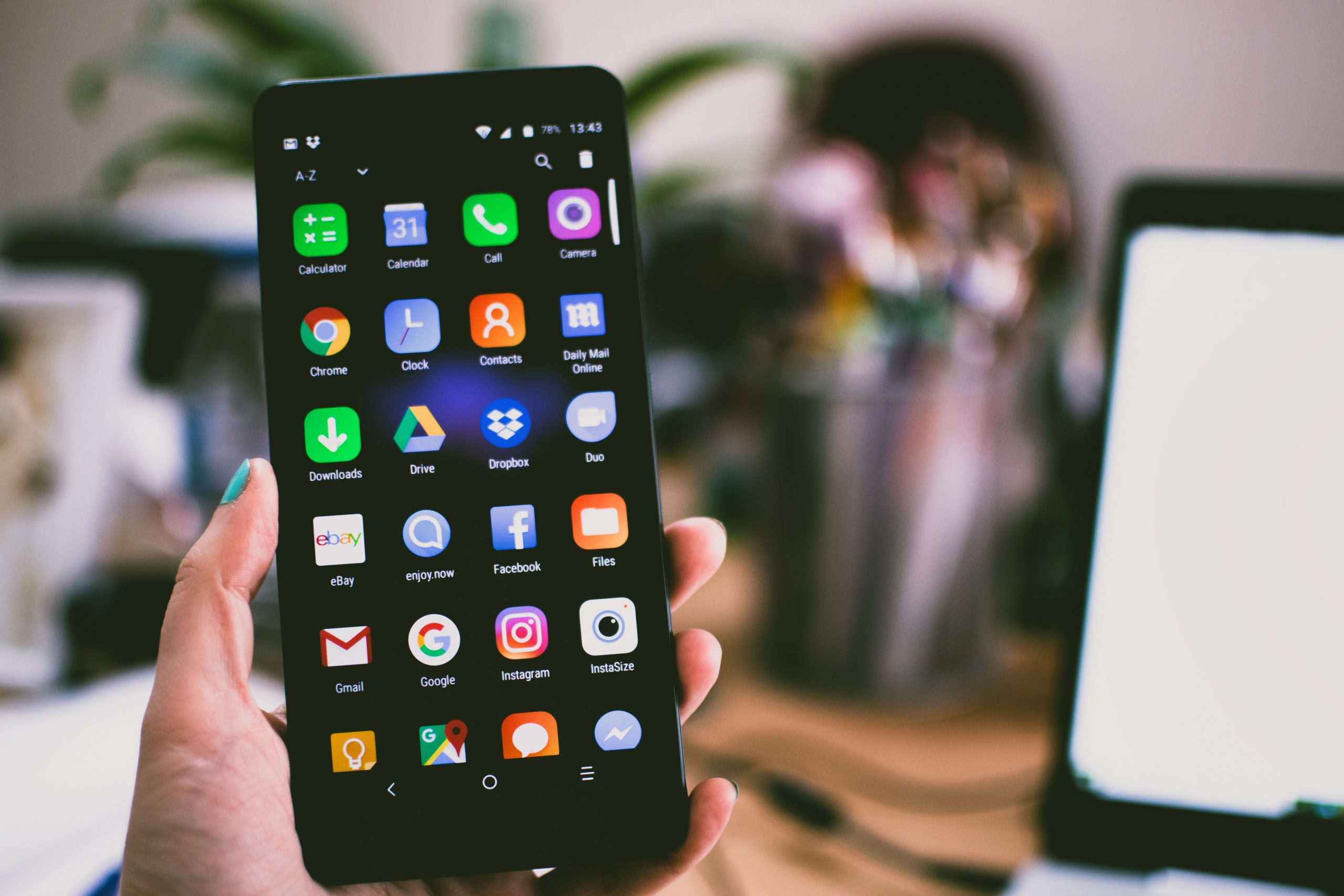Today’s smartphones are capable of so much more than merely enabling us to make calls. From calculators to dynamic media controls, Androids come packed with a plethora of helpful features. We explore a selection of the lesser-known Android functions to help you get the most out your phone.
1. Text-to-Speech
Ideal for people with visual impairments and individuals on the move, text-to-speech is activated in Settings>Accessibility, enabling Android owners to hear incoming information rather than reading it on the screen.
2. Sound Search
The sound search widget provides Android users with a shortcut to Google Assistant’s “What’s This Song?” feature, enabling your smartphone to listen to snippets of music to identify the song and performer. In a single tap, you can find out who is singing that catchy number playing on your radio or TV.
3. Fast App-Switching
One of Android’s most useful yet least well-known and discoverable features, fast app-switching was introduced in 2016. For those using Android’s current gesture system, with on-screen navigation buttons replaced by a thin line at the bottom of the screen, simply flick your finger to the right anywhere at the bottom of the screen, snapping you back to your most recently used app. To go back in your app-using history, flick right again, flicking left to return to more recently used apps.
4. Live Caption
Introduced in Google’s Android 10 release, live caption is an accessibility feature that was designed for people who are hard of hearing. In situations where you do not want sound playing from your phone, live caption is incredibly handy, enabling you to follow a podcast or video without disturbing everyone. Simply tap the small box that appears below the volume controls to activate the live caption feature.
5. Screen Pinning
Ideal for parents who allow their children to use their mobile phone, negating the need for constant supervision, this handy function prevents the child from accidentally wandering outside of the app, locking it in the foreground.
To activate screen pinning, go to Settings>Security. Once enabled, you simply open the app you want your child to use. Press the multitasking button—the square button on the navigation bar—scrolling up to the app’s card in the multitasking view, then click on the little pin icon. Your child will then be prevented from wandering onto other apps. To exit this feature, you need to press the recent apps and back buttons simultaneously, before scanning your fingerprint or entering your PIN.
6. Side Menu
Most Android users are familiar with the “hamburger menu,” the three horizontal lines presented in the top left-hand corner of many apps. What you may not realize is that rather than stretching your finger up, you can just swipe right on the left edge of the screen to access that menu instead.
7. Guest Mode
This mode keeps all of your personal information and settings safe should you choose to lend your phone to someone else, securing all of your data, confining them to basic preinstalled system apps only.
To activate guest mode, go to Settings>System>Advanced>Multiple Users, ensuring that the toggle at the top of the pop-up screen is set to the “On” position. Then, whenever you want to use guest mode, swipe down to open Quick Settings, tap your user profile picture twice, and select the “Add Guest” option on the pop-up screen.
8. Android Casting
For several years, Android owners have been able to broadcast the display of their device to a larger screen using Chromecast. In addition to beaming video from movie and TV streaming apps, the feature can also be used to mirror your phone.
To access Android casting, swipe down at the top of the screen to access the Quick Settings pane, selecting the “Cast” option in the menu.
9. Split Screen
The ability to view two apps on the screen simultaneously is one of Android’s most popular highlights. This function is particularly convenient when you are taking part in a meeting or video-calling a friend, enabling you to continue your conversation while you check your emails or look at a spreadsheet, etc.
To access the split screen feature, tap on the “Recent Apps” button in the bottom left corner of your Home Screen and locate the app you wish to use in split screen. Tap and hold the app to open a menu, selecting “Open in split screen view.” Your selected app will appear as a black bar at the top of the screen. Select the other app you wish to use, and the screen should split in two, enabling you to seamlessly switch between the two apps.
Not all apps work in split screen mode, but channels like Netflix and YouTube are well-suited to this function.
10. Screen Magnifier
This option enables users to zoom into any part of the display simply by tapping it. To activate the function, go to Settings>Accessibility>Magnification gestures.

